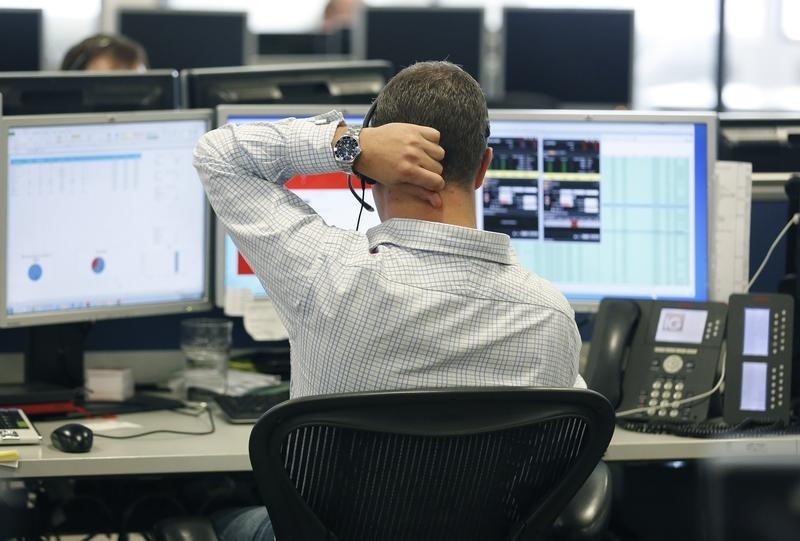Intel stock spikes after report of possible US government stake
By Senad Karaahmetovic
Bank of America analysts reflected on recent flows as investors continue to seek shelter in cash. As much as $508 billion went to cash in the first quarter, the largest quarterly inflow since the pandemic and 1Q20.
In the week to last Wednesday (March 22), the market saw $142.9B in inflows to cash. For a week to March 29, an additional $60.1B went to cash while $2.3B were inflows to bonds. On the other hand, outflows from equities were $5.2B.
“US nominal GDP up 35% from ‘20 Covid lows = fastest recovery since end of WW2/Marshall Plan in ‘49); Q1’23 US nominal GDP likely up 6%... why there’s no EPS recession; note inflation & growth ’20-‘22 aided & abetted by $5.2tn fiscal stimulus & $4.8tn Fed QE stimulus; note past 6 months US deficit up $700bn (war, infrastructure, Social Security) & past 4 weeks Fed balance sheet up $370bn,” analysts further noted in a memo to clients.
They also highlighted strong year-to-date (YTD) inflows to emerging markets (EM) equities - $37.4B. If they continue at this pace, the 2023 year would be the largest-ever year for EM equities in terms of a % of AUM.
As far as sectors are concerned, the Tech sector has continued to attract inflows for the 6th consecutive week, making it the longest streak in a year. The Consumer sector attracted the largest inflow in 11 weeks while investors continue to run away from Financials - the largest outflow in 10 weeks.
The analysts also believe a recession is now a “small dunk” scenario, which means small cap and banks are likely to attract more selling pressure.
“Fed cutting 160bps after May so long Big Tech, recession a slamdunk so short small cap & banks (and sell commodities as China troughing not surging), and long gold as US dollar in bear market; pain trade is recession once again delayed by stimulus, labor market doesn’t crack, inflation stays high, market reprices lower but cyclicals outperform,” analysts concluded.
